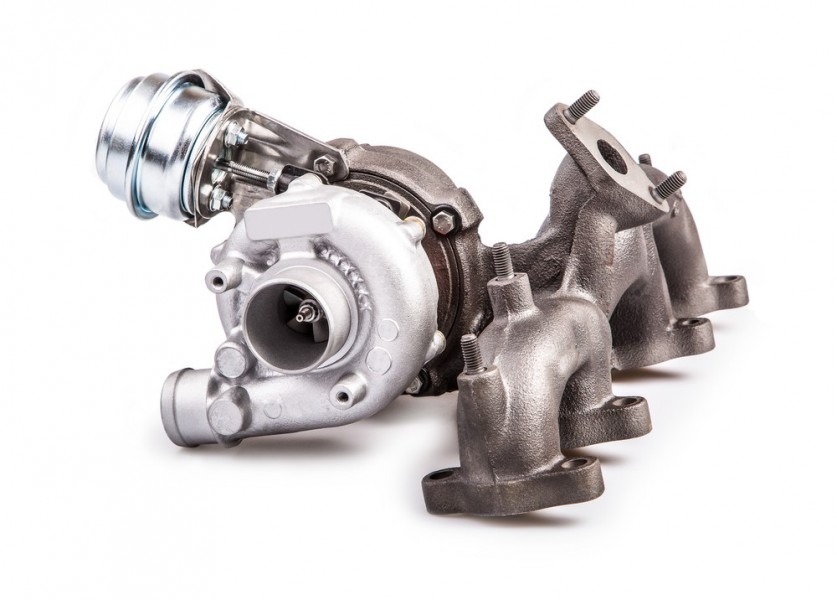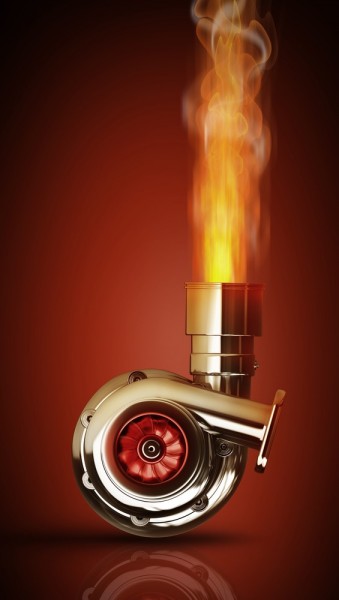The History of the Turbocharger

Recently, turbocharged engines have become more prevalent as car manufacturers try to adhere to more stringent fuel economy standards. We know that turbochargers will boost your horsepower, but do they also enhance your fuel economy?
In San Diego, CA, we see turbocharged cars all the time and we have worked on them at Pacific Nissan Body Shop more than a few times. To keep you in the loop, here is some information about turbochargers and how they all began.
What Exactly Is a Turbocharger?
A turbocharger is a tiny turbine that sits under the hood and compresses all of the air that goes through the engine. Because the air is more dense, many more air molecules can be jammed into the same amount of space inside each individual cylinder.
The turbocharger is powered by the vehicle's exhaust. As the exhaust exits the engine and continues its journey to the tailpipe, it spins the small turbine that resides in the exhaust manifold. It is connected to a shaft that rotates a compressor within the intake manifold.
The turbocharger doesn’t generate extra power – and thus require extra fuel – until the driver presses down firmly on the accelerator. Subsequently, the engine takes in additional air and fuel, and creates more exhaust. This spins the turbine and thereby compresses the air. Fuel injectors add more fuel to make a turbocharged engine crank out some big horsepower.
 The History of Turbochargers
The History of Turbochargers
For several decades, beginning with the Oldsmobile F-85 in the 1960s, turbochargers were primarily utilized to give modest cars added power. Later, in cars such as the Porsche 911 Turbo, carmakers used them to make already-powerful cars even faster. They utilized huge turbochargers that generated a lot of extra power, but they took a long time to spool up once the driver hit the gas pedal. That delay between when the driver pushed the pedal and the turbocharger kicked in is now known as “turbo lag.”
Today’s Turbochargers
Today's turbocharged engines are much smaller. The new Ford Focus and Fiesta ST use 1.0-liter three-cylinder engines. Since the turbocharger only creates extra power and burns more gas when required, these smaller engines get improved gas mileage when the driver is just cruising along than a larger engine would.
Do They Really Work?
Although the newer and smaller turbochargers deliver major gains in power, if the goal is to get superior fuel economy, the overall results are mixed. Some turbocharged cars can deliver great gas mileage, while others deliver just incremental increases and have issues living up to those numbers in daily driving scenarios. Carmakers are chasing every tenth of a mile per gallon in EPA testing to boost its vehicles' fuel economy ratings, so from their point of view, the turbos are definitely a success. For added power and improved performance while saving fuel yes, indeed--turbochargers work well!
Sources: EPA, Autoweek and Japolik








 The History of Turbochargers
The History of Turbochargers
Social